Global warming
Extreme weather, species becoming extinct and islands disappearing - climate change is serious for both humans and the nature around us. What exactly is global warming, and why is this happening now?

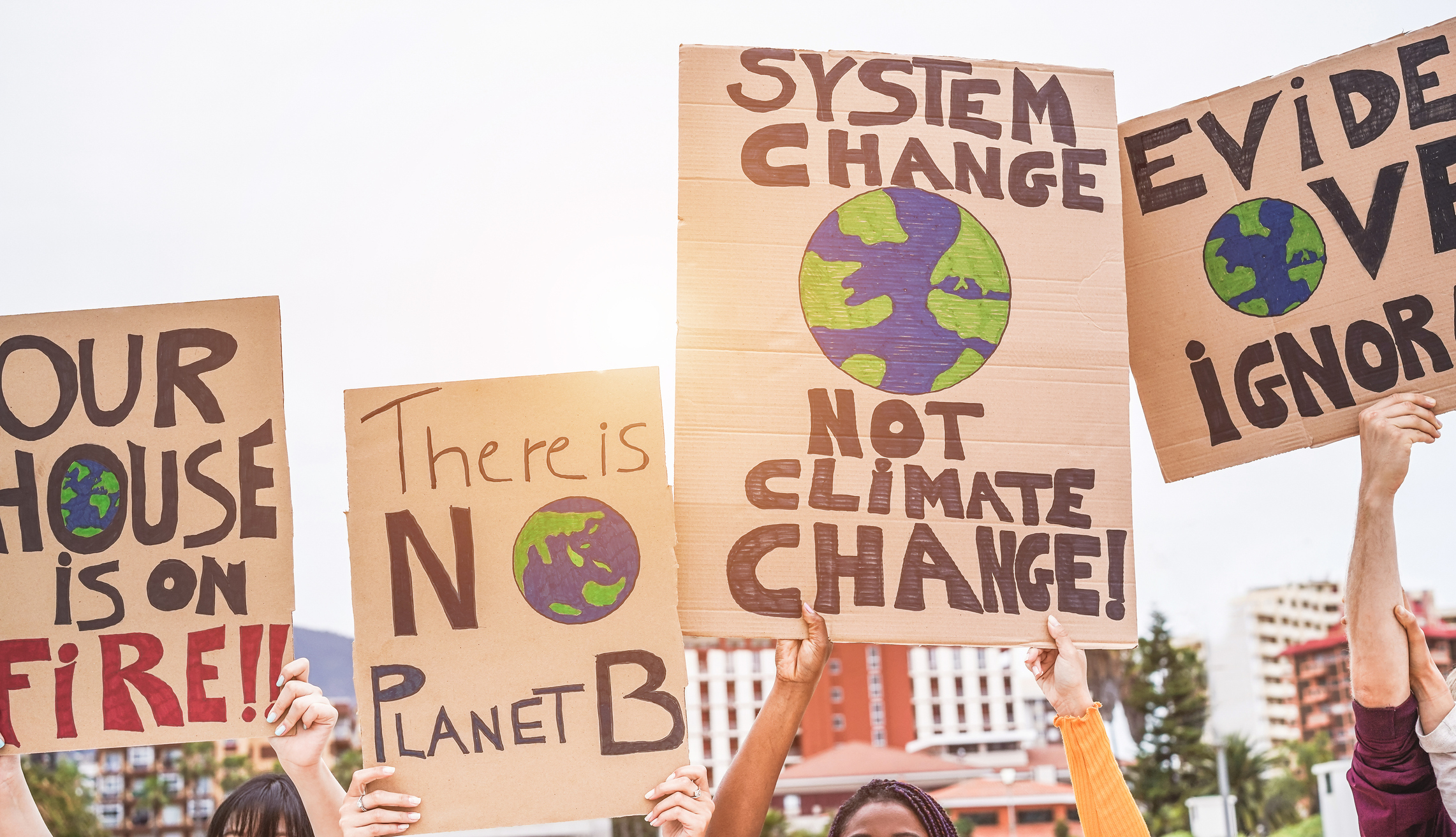
What is global warming?
Global warming means that the air in the atmosphere, which is a gas layer around the earth, is becoming warmer. This affects the whole planet, and every living being on the planet. In 4.5 million years, our planet has changed a lot. There have been both ice ages and warmer periods. The difference now is that this change is happening very quickly. Since 1880 the atmosphere has become about 0.8°C warmer. Before the end of the 2000s, temperatures may have risen by as much as 2-4 °C.
⬅ Many of the world’s largest rivers are about to dry up due to climate change, such as in Australia.
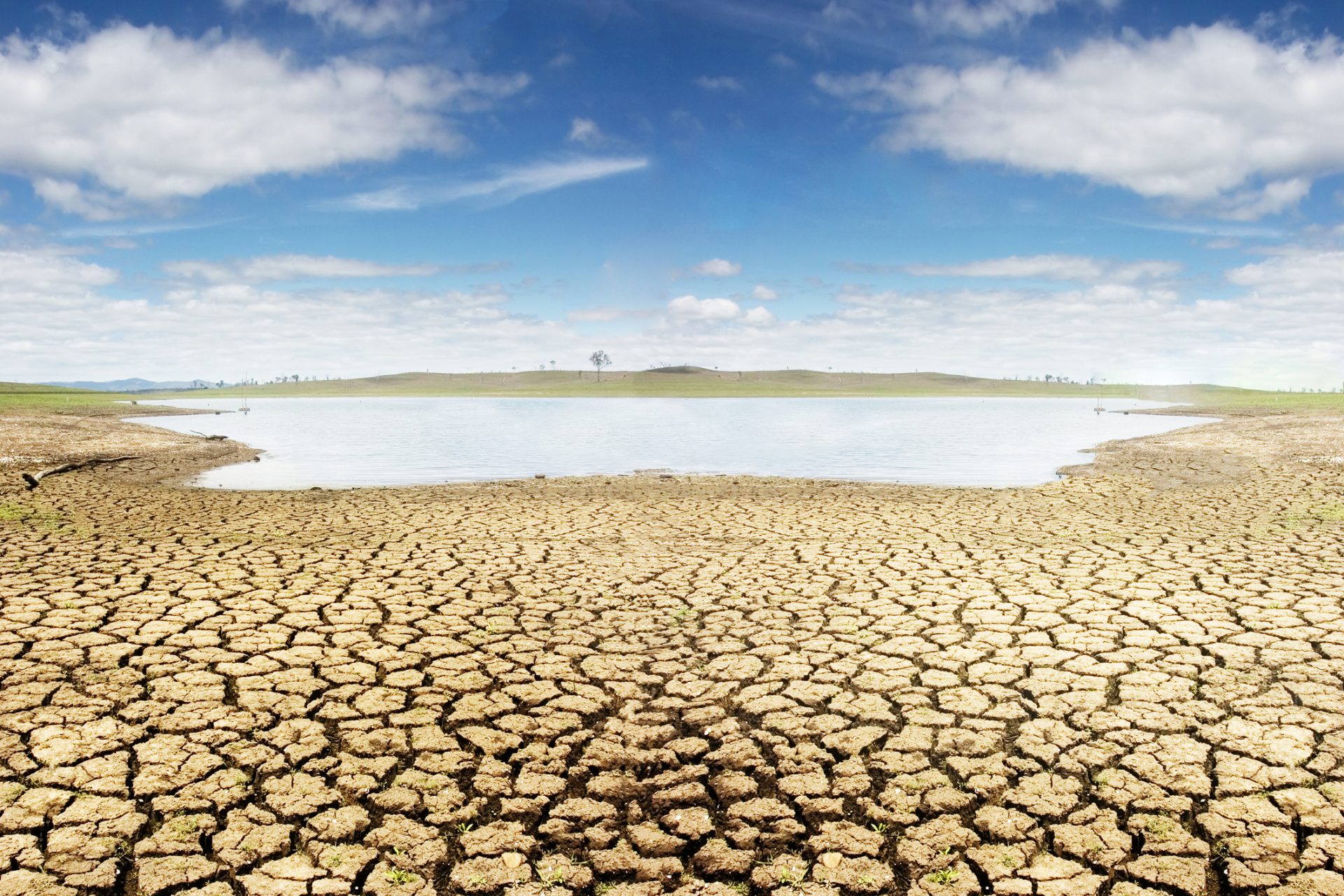
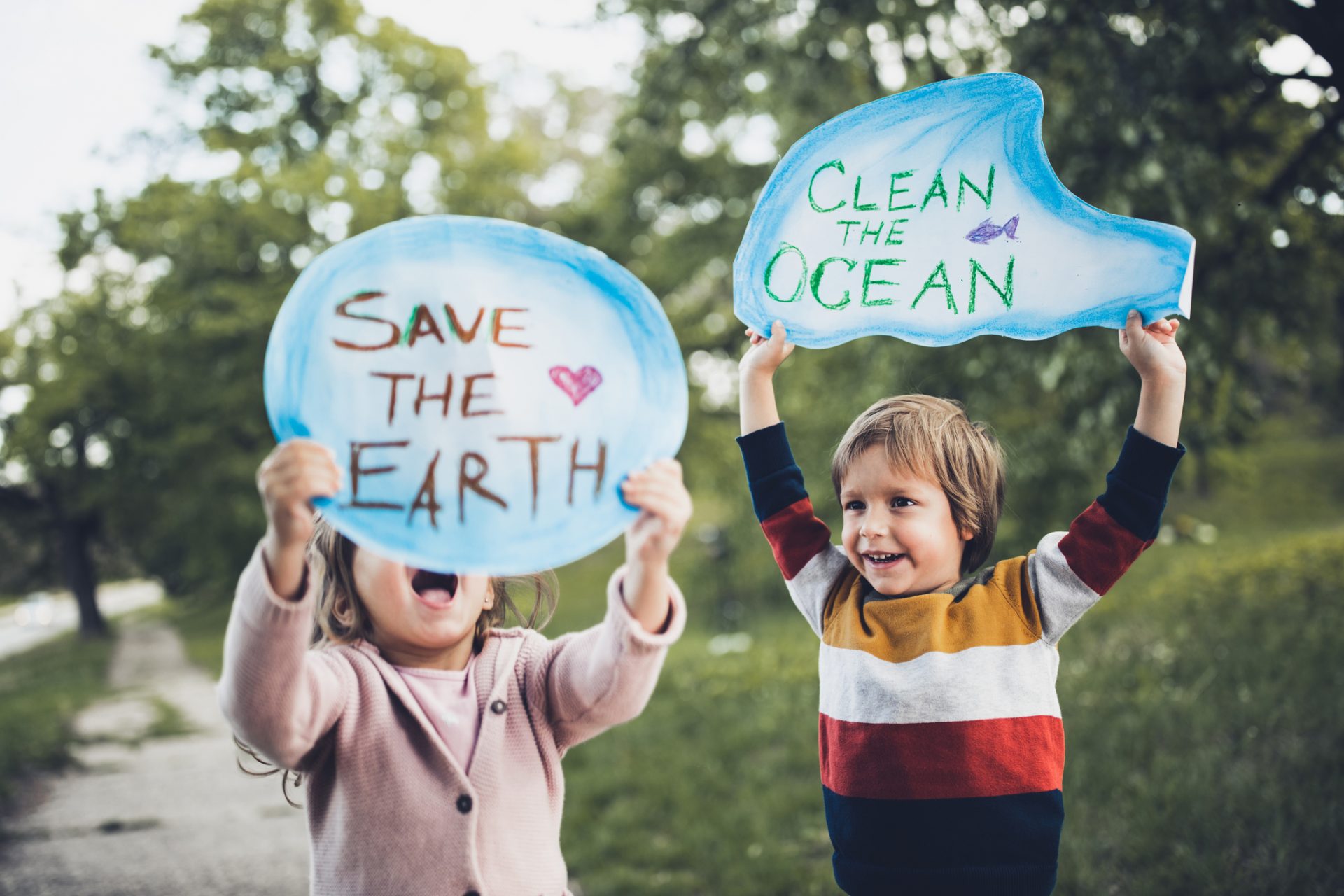
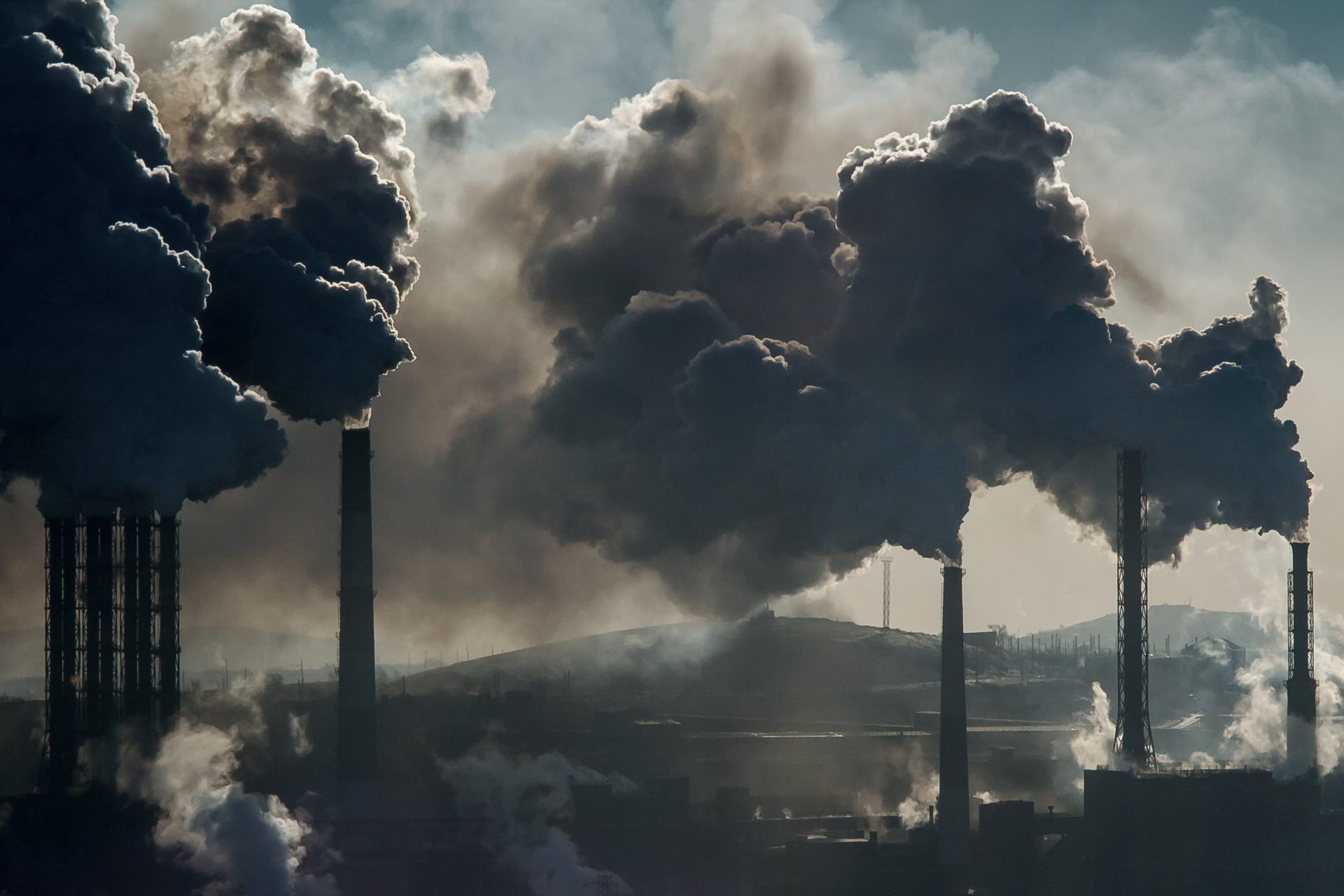
The greenhouse effect
The earth’s surface temperature of 15 °C is controlled by the greenhouse gases in the atmosphere, also known as the climate gases. They soak up radiation from the sun. These gases are like a blanket of heat around the earth. If they disappeared, the planet would freeze, but with too much gas, it becomes too hot.
We can compare the layer of greenhouse gases to the glass in a greenhouse: the sun heats the air inside the glass during the day and makes for good growing conditions for plants. At night, some of the heat is let out into the outside air again, and the greenhouse cools down.
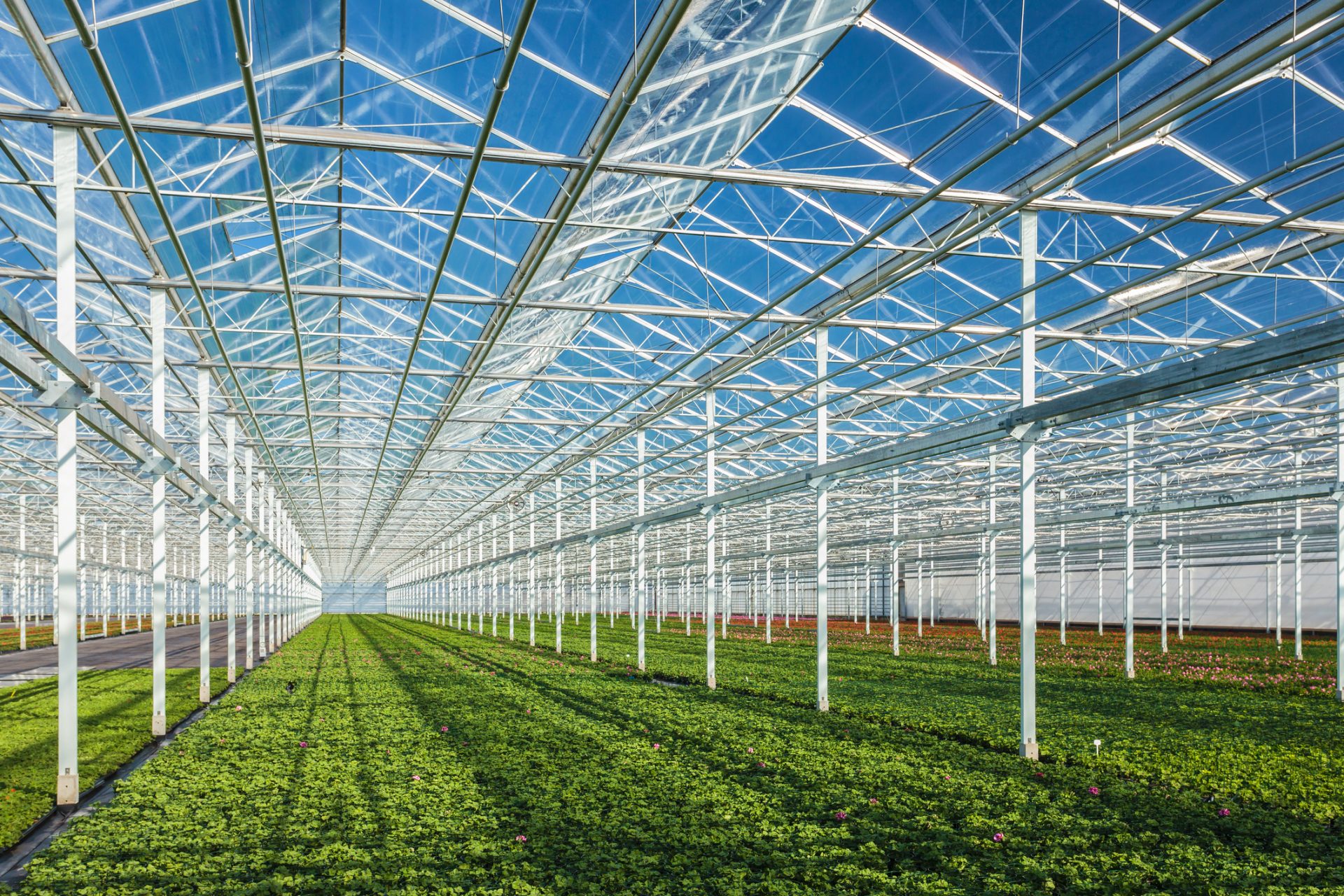
What is methane?
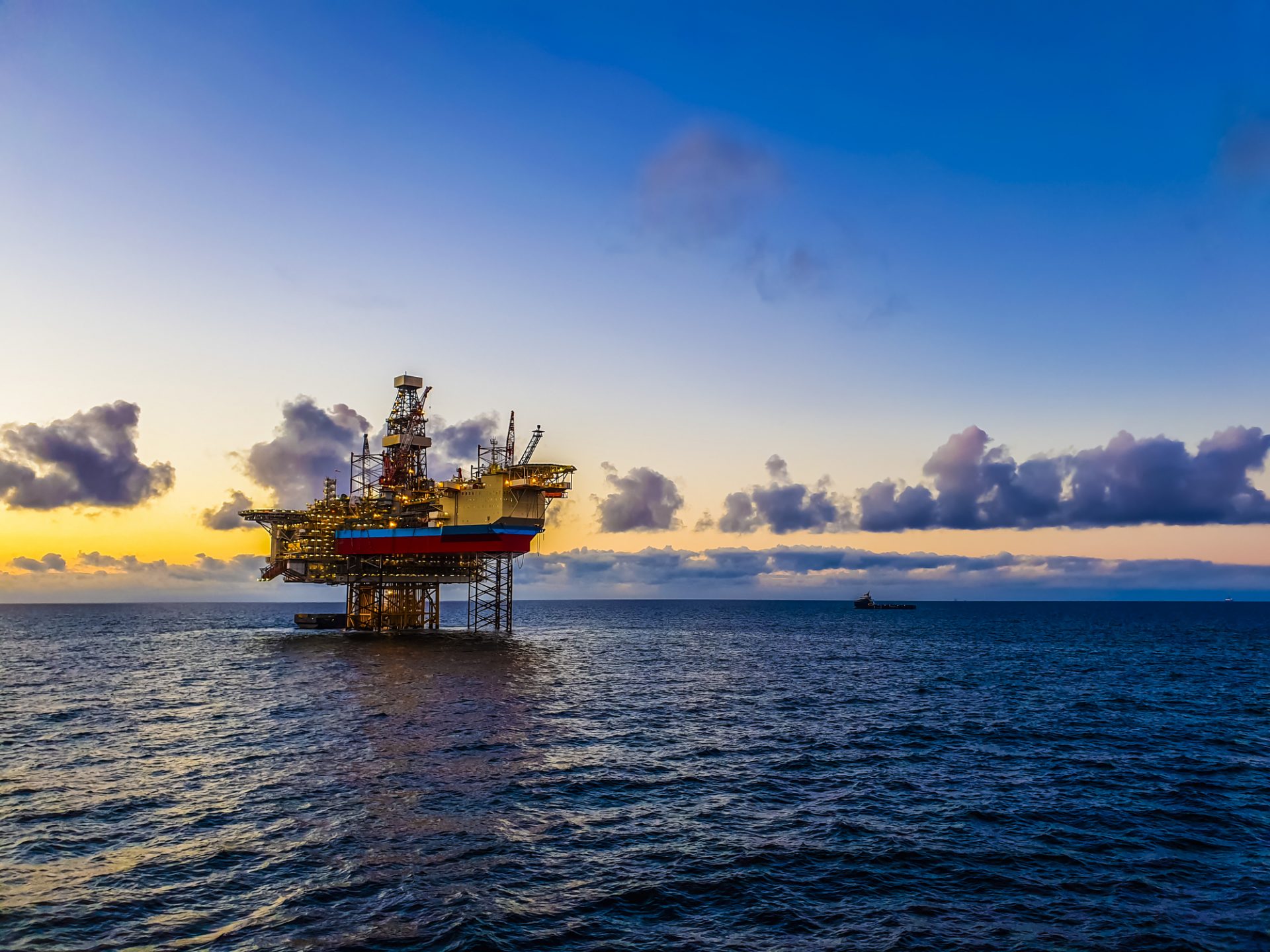
Did you know that…
…nuclear power does not emit a lot of greenhouse gases, but its fuel, uranium, can be extremely dangerous to use? An example of this is what happened at the Fukushima Power Plant in Japan when it was damaged by an earthquake in 2011. Life-threatening substances were spread over a large area and the disaster caused enormous environmental damage to the surrounding area.
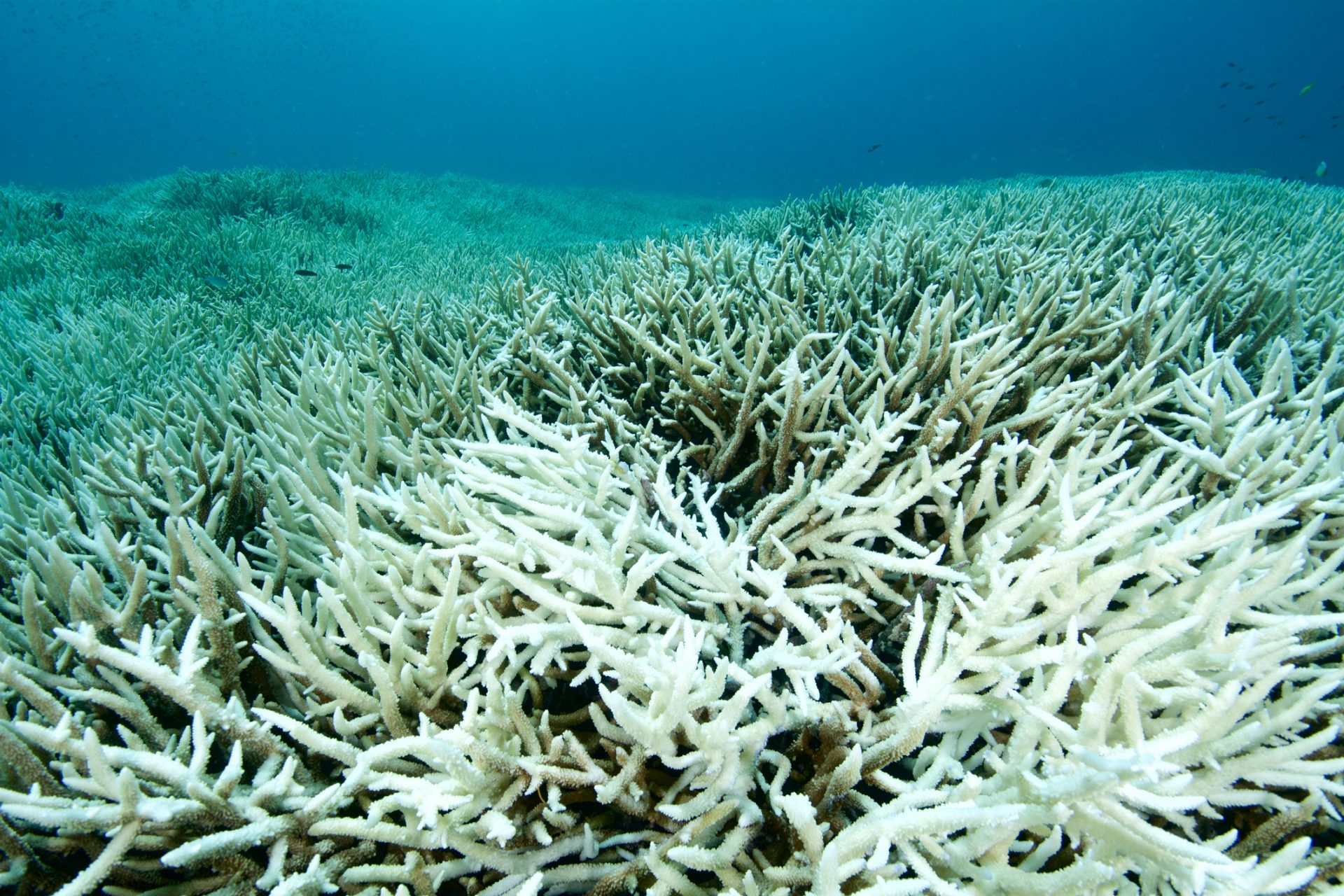
What is Ocean Acidification?
Sea animals in danger
The sea has only warmed up by 1°C, but this is enough to cause the death of many sea creatures. Habitats in the sea respond more slowly to global warming than habitats on land. The consequences, on the other hand, are far more serious. We see starving polar bears that have to swim long distances between spread ice blocks to hunt for seals. At the other end of the food chain, warmer oceans make good living conditions for plankton. To adjust to the new conditions in the sea, many species move to new places. If this opportunity is lost, they may die out.
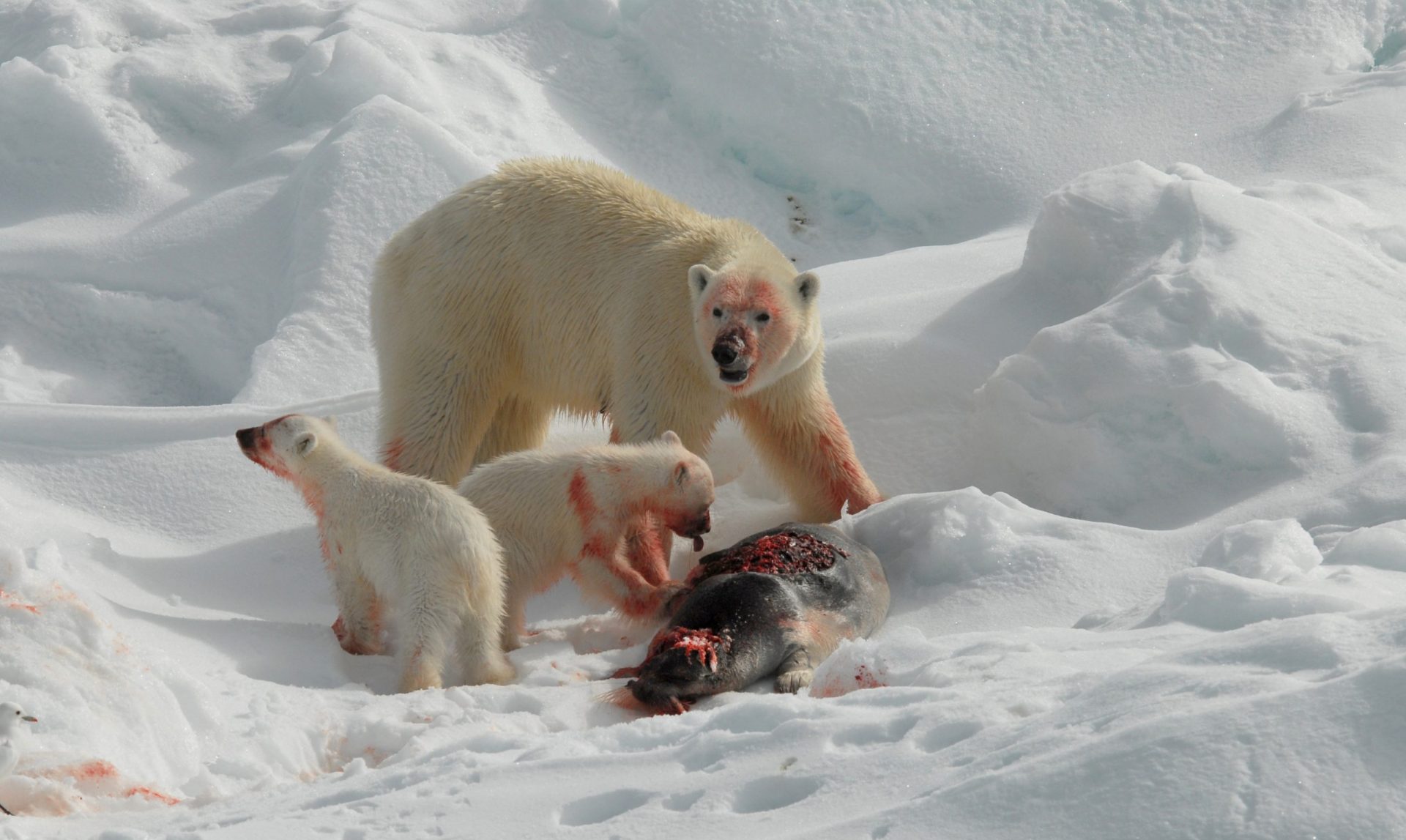
Did you know that…
…the melting of drifting ice that floats on the sea does not contribute to the rise of sea levels? The sea will only rise when the ice in glaciers, ice caps and inland ice melts.
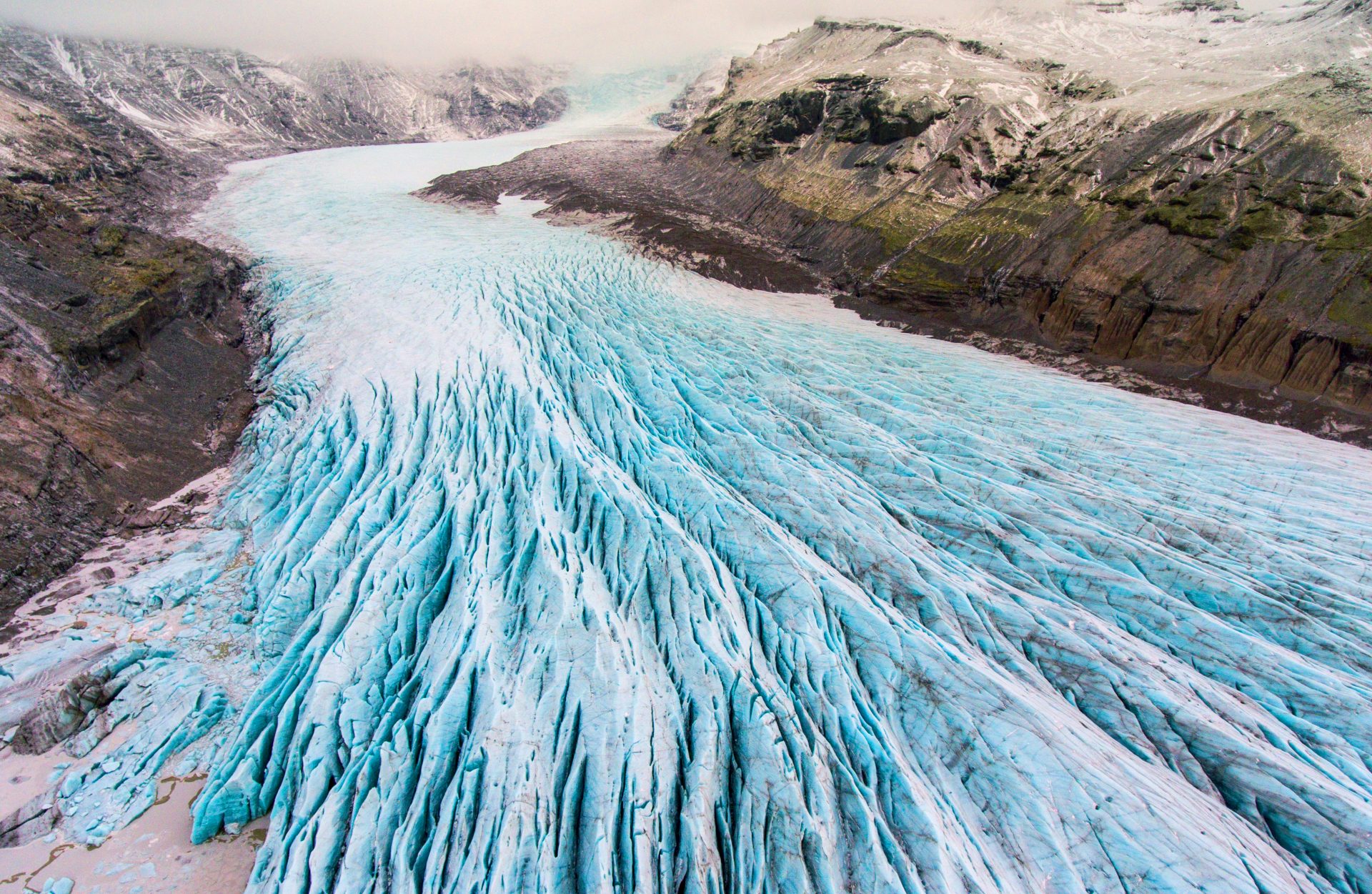
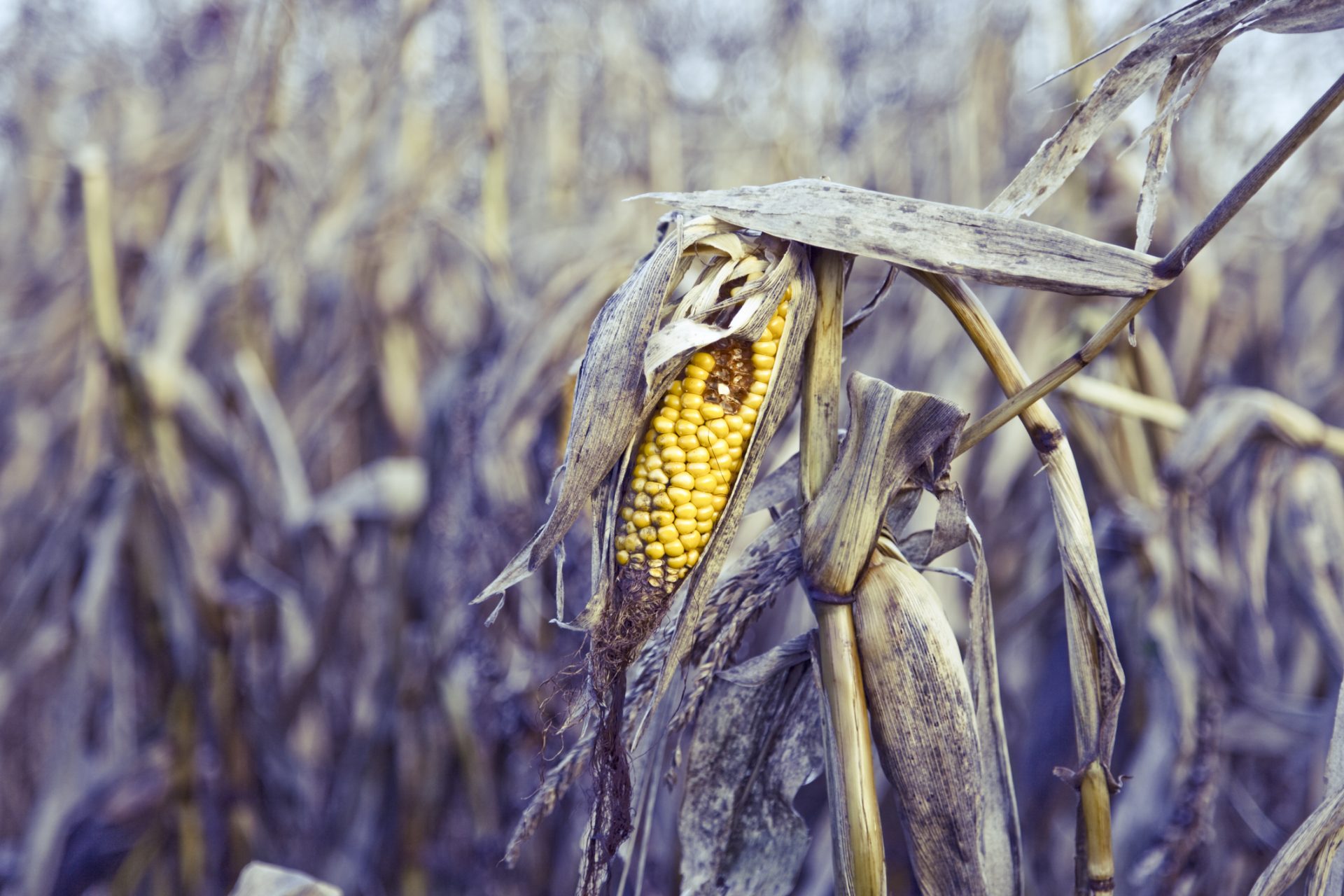
Land animals in danger
The first animals to suffer because of climate change are those that do well in the cold. To escape the heat, many animals will leave both food and the breeding grounds of their natural habitats. In new locations, new predators, lack of food and dangerous diseases can threaten them. Researchers think that only 4 percent of the world’s animals and plants will benefit from climate change. The rest will have to move to new locations or become extinct. In 2009 the Bramble Cay rat in Australia became the first animal to become extinct due to climate change.
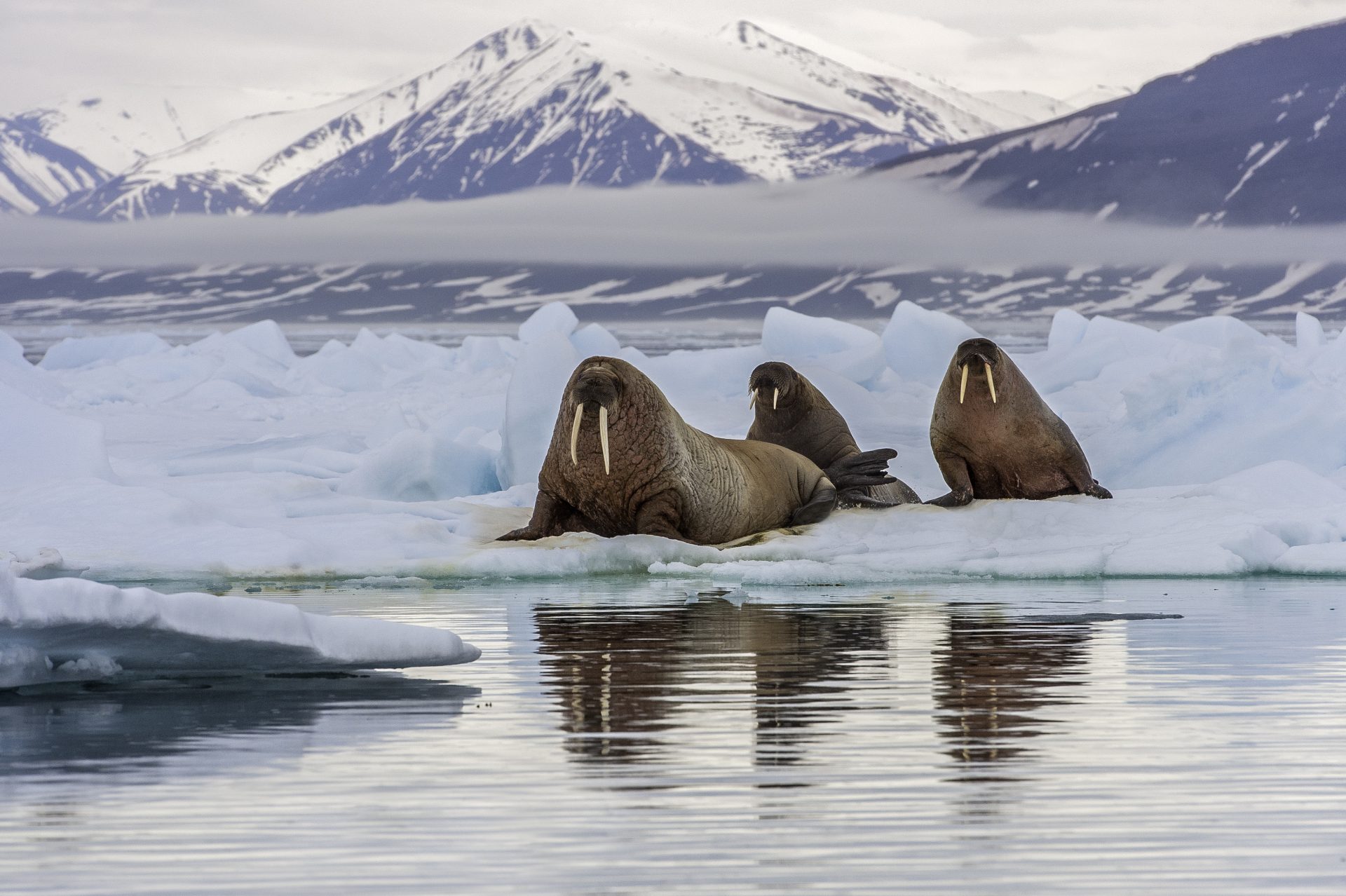
What will happen to us?
Humans need air, water, food, shelter and sleep to survive. It is precisely these human needs that climate change threatens to destroy.
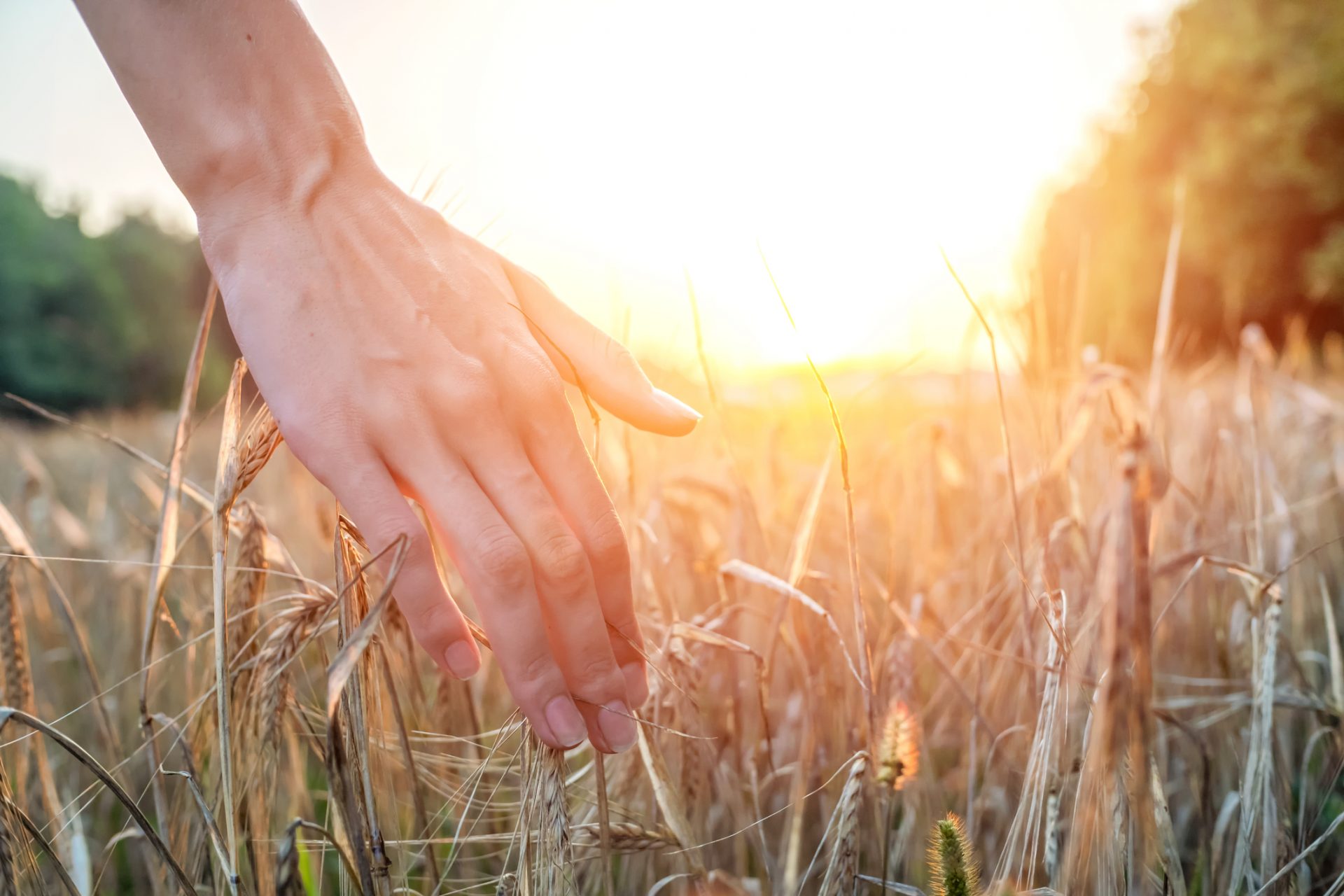
Water shortage
La Paz in Bolivia is likely to become the first capital city in the world that will be more or less abandoned due to a lack of fresh water since the supply of meltwater from the glaciers has drastically become lower. Fresh water will become the world’s most valuable resource. This is likely to lead to conflicts and deaths.
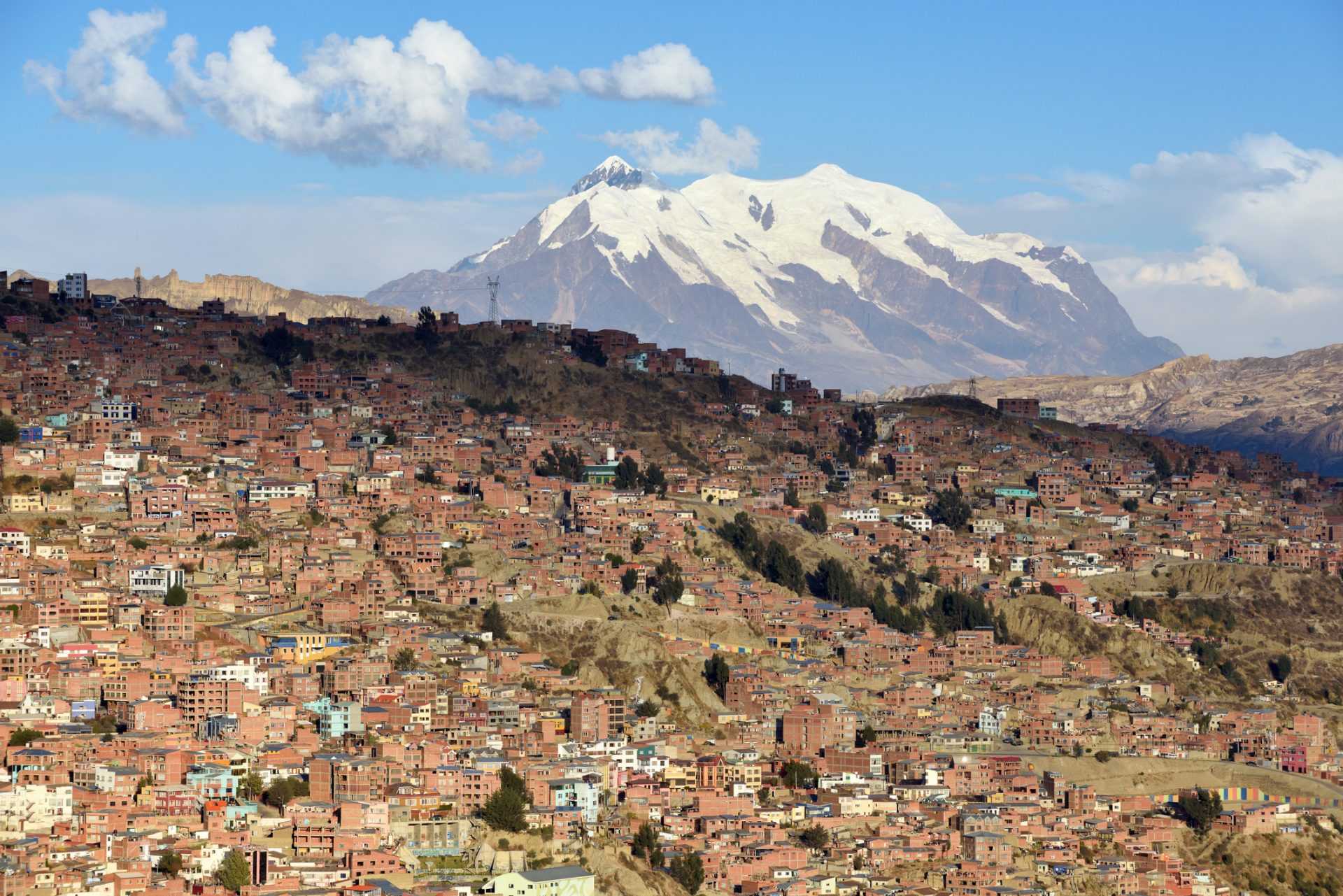
Economic loss
As well as people dying, extreme weather can cause damages worth billions. It can mess up trade, industry and food production, resulting in many people losing their livelihood. This can also lead to people escaping to less exposed areas, causing overpopulation of these areas.
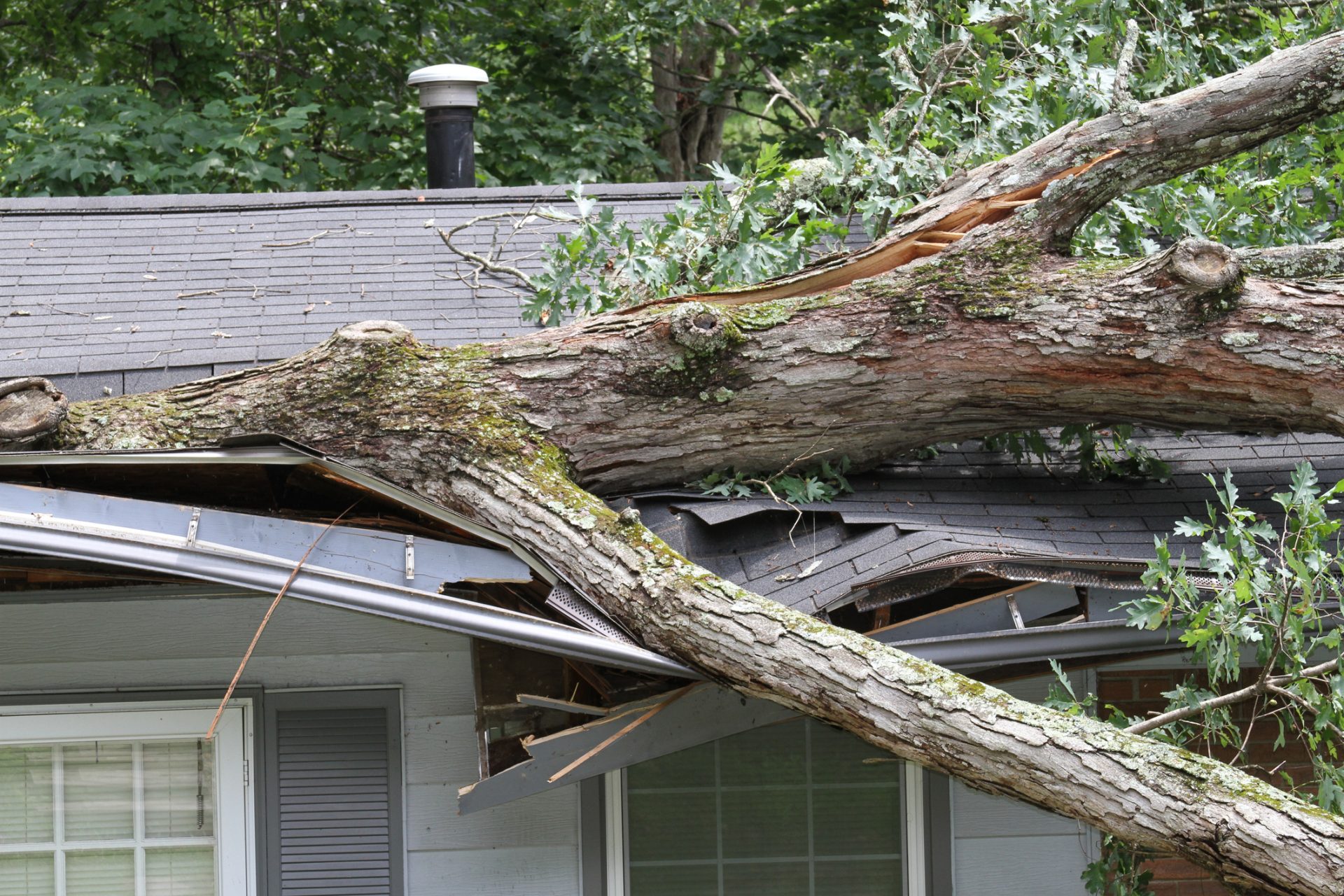
Dying crops
Climate change can have extreme consequences that can be hard to imagine. For example, it can result in there being too much water, or too little water, or temperatures being either too high or too low. This can lead to poor harvests or destroy the harvest completely. A lot of CO2 in the air means that some crops such as wheat are no longer as nutritious as they should be.
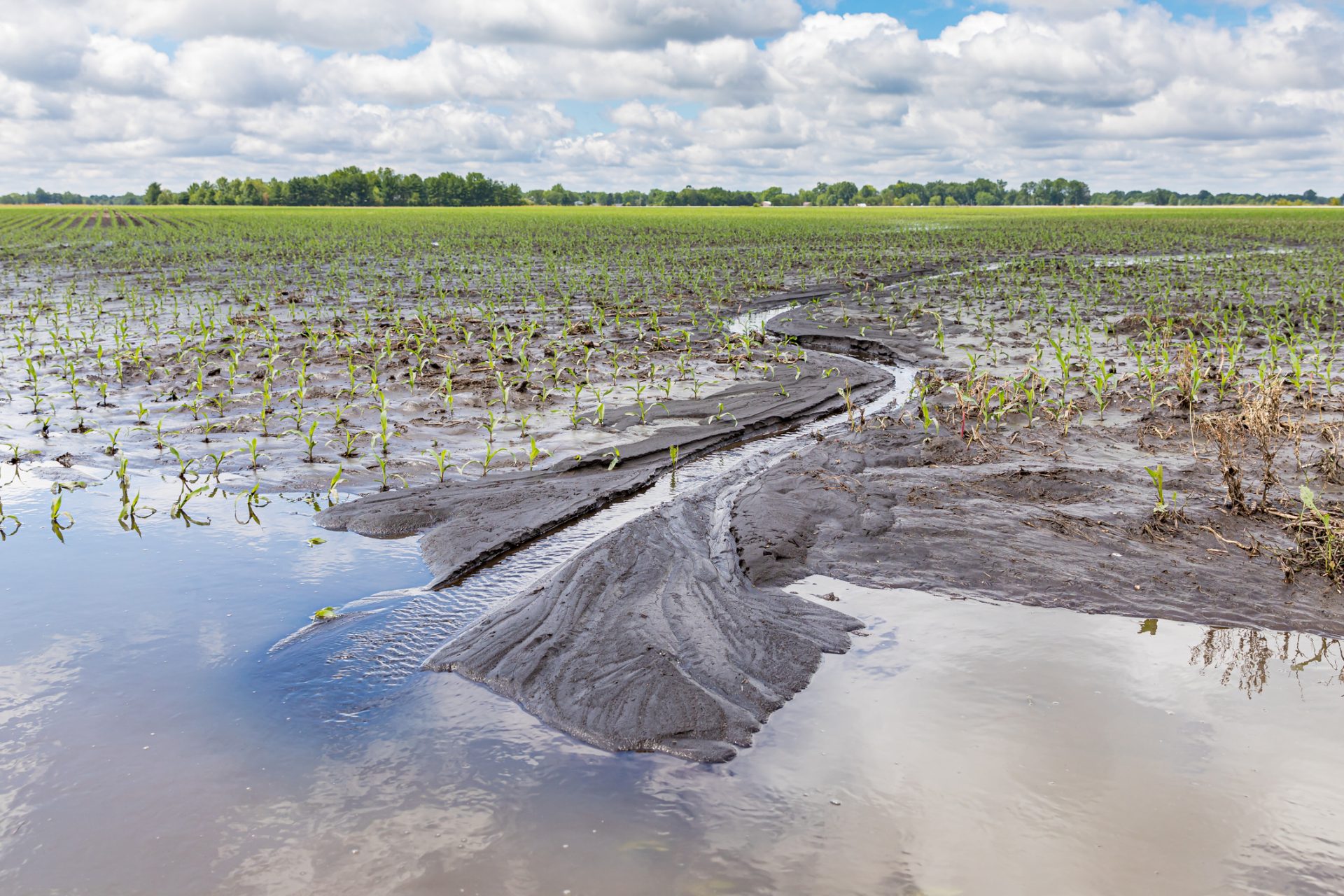
What is being done?
All over the world, intensive work is being done to find solutions to the problems caused by climate change. It is a huge task, which will need people, businesses, producers, energy companies and world leaders to think in new ways. They are often faced with resistance since fighting global warming requires thorough research, major efforts from environmental organisations, better technology and new laws. But the most important thing of all is the will to make a real change.
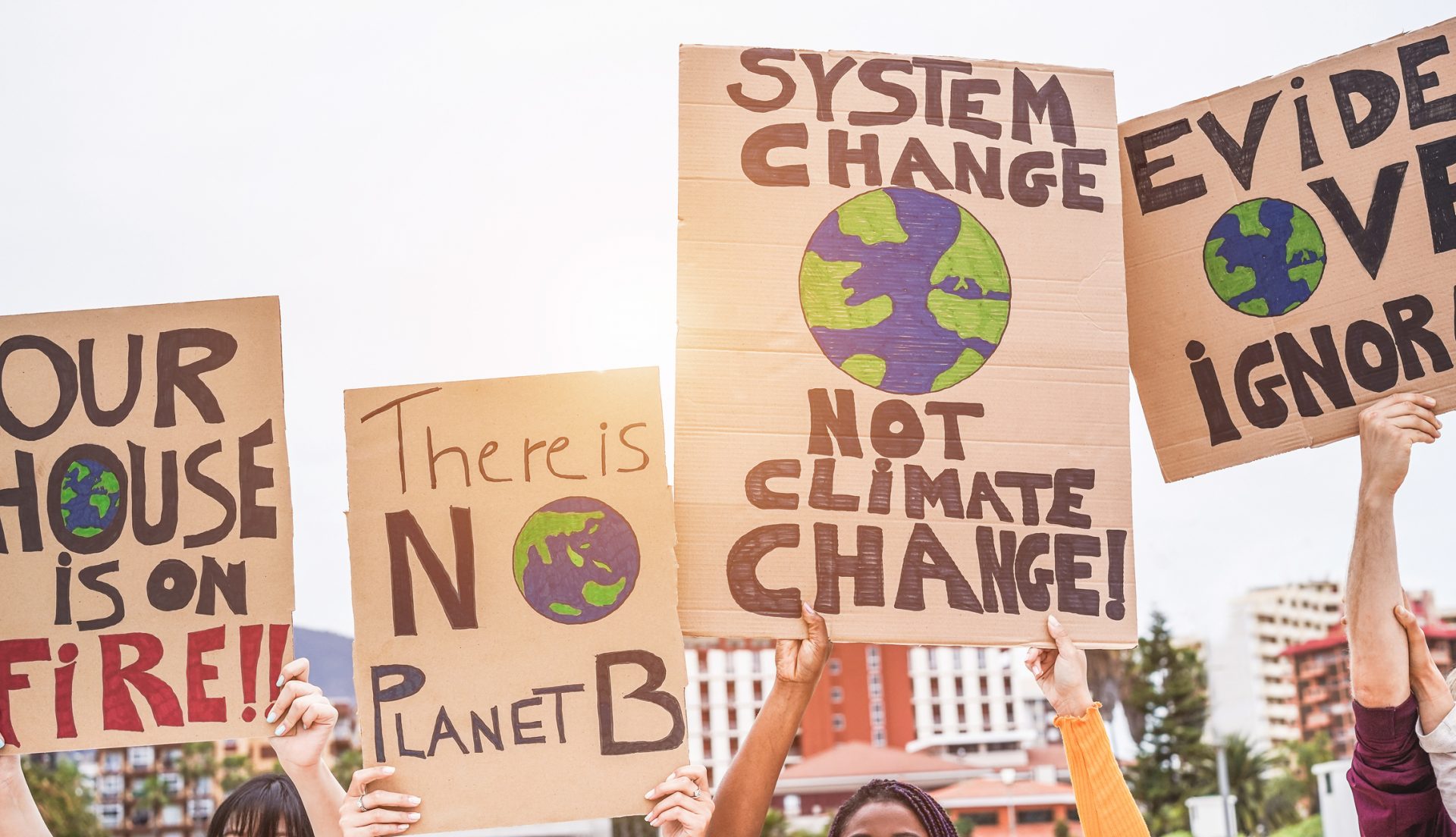
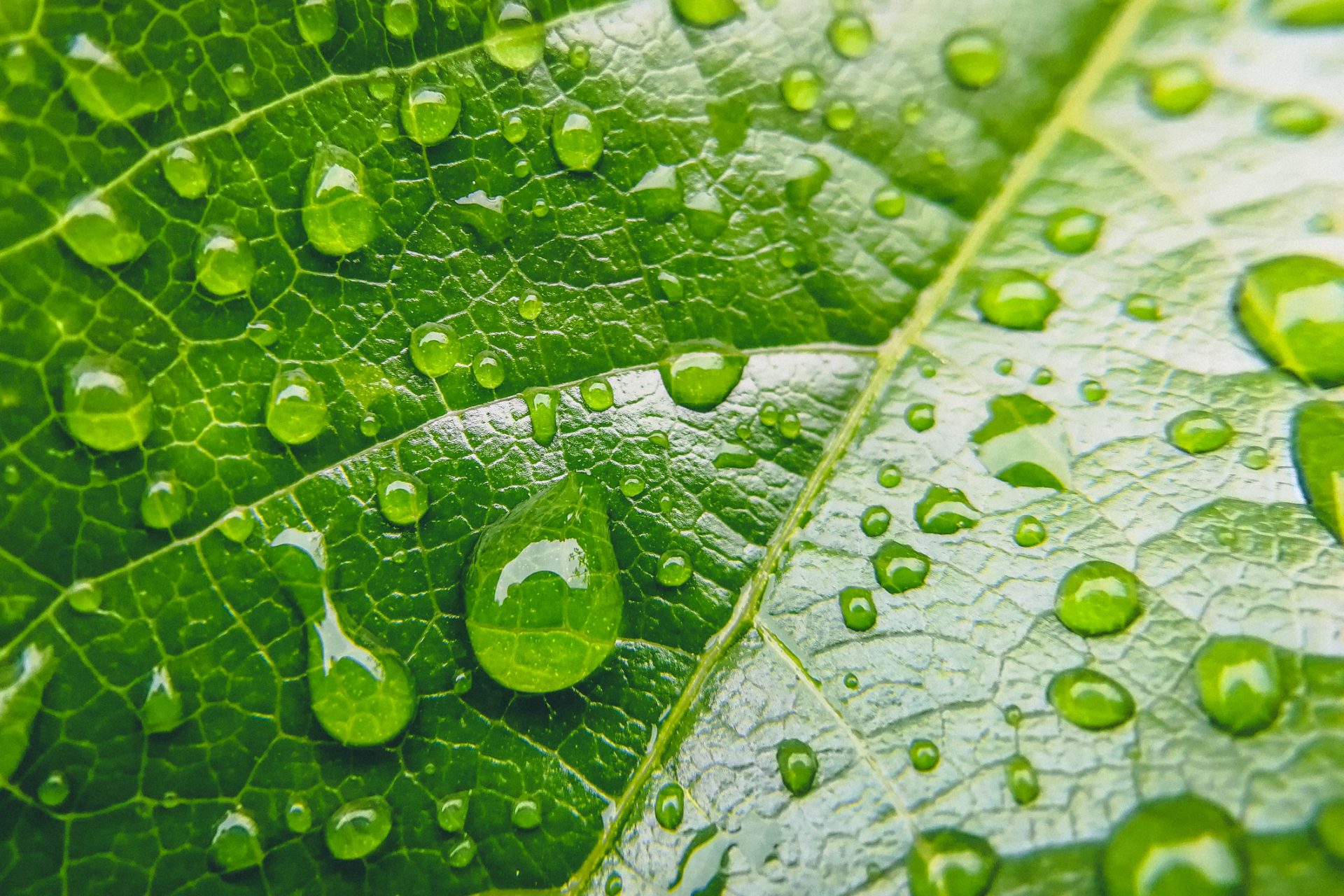
Sources:
- Vår fantastiske planet (2017)
Orage Forlag AS
- Hofstad, Knut; Rosvold, Knut A.: Fukushima – kjernekraftulykke i Store norske leksikon på snl.no. Hentet 27. april 2022 fra https://snl.no/Fukushima_-_kjernekraftulykke
- NRK (10.06.2020)
nrk.no/skole
Media rights:
-
-
Getty Images
-
Getty Images
-
Getty Images
-
Getty Images
-
Getty Images
-
Wageningen Livestock Research – YouTube
-
Getty Images
-
Getty Images
-
Getty Images
-
Action for the Climate Emergency – YouTube
-
Getty Images
-
Getty Images
-
Getty Images
-
Getty Images
-
Getty Images
-
Getty Images
-
Getty Images
-
Getty Images
-
Getty Images
-
Getty Images
-

